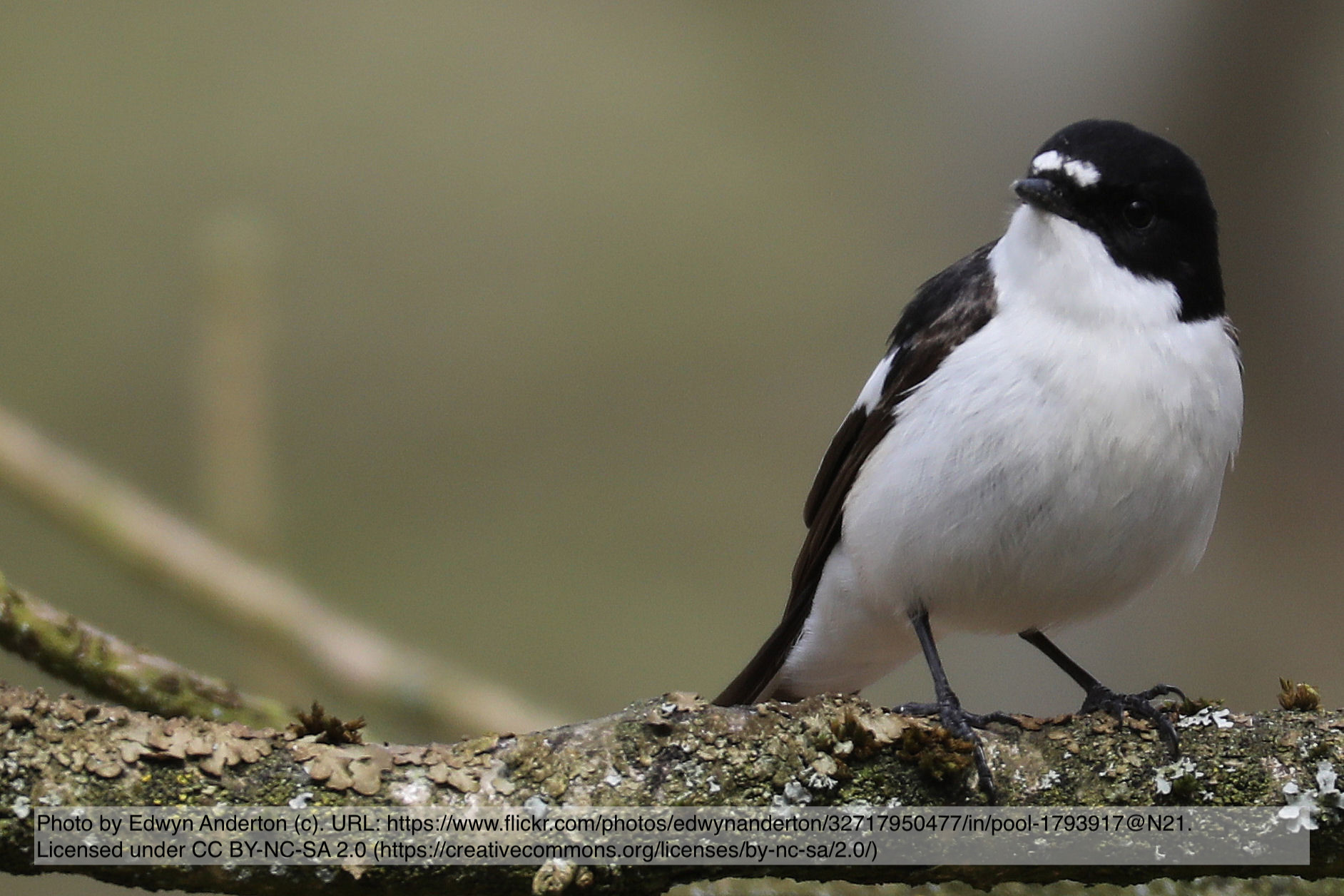A 20-year study of a nest-box breeding bird population with special regard to the Pied Flycatcher Ficedula hypoleuca
DOI:
https://doi.org/10.34080/os.v18.20235Keywords:
population trends, breeding success, predation, passerineAbstract
Breeding activities in 133 nest-boxes of varying sizes, erected in mainly deciduous woods in Linderås, southeastern Sweden (57°58'N; 14°15'E), were recorded from 1986 to 2005. In total, 1,841 pairs representing 15 species bred in the boxes; mean occupancy was 75%. The Pied Flycatcher Ficedula hypoleuca was the most frequent species. Its population numbers showed no significant trend while its fluctuation pattern largely paralleled those of two contemporary Swedish studies. Dates of spring arrival and start of egg-laying varied independently without any trend. Mean clutch size was 6.32, equalling those obtained in other Swedish studies, even though the proportion of 6-egg clutches and mean number of fledglings (4.26) were significantly lower. Only 40% of the breeding attempts were entirely without losses, such as failed hatching (8% of 6,370 eggs), predation, or usurpation by other species. A total of 550 incubating females and 3,653 nestlings were ringed of which 12% and 0.3%, respectively, returned to the study area in the subsequent season. Of females that returned, 41% reappeared in the first and 48% in the second ensuing season.
Downloads

Downloads
Published
How to Cite
Issue
Section
License
The copyright of each contribution belongs to the author(s), but all contributions are published under a Creative Commons license, so that anyone is free to share and reuse the contribution as long as the copyright holder is attributed.







